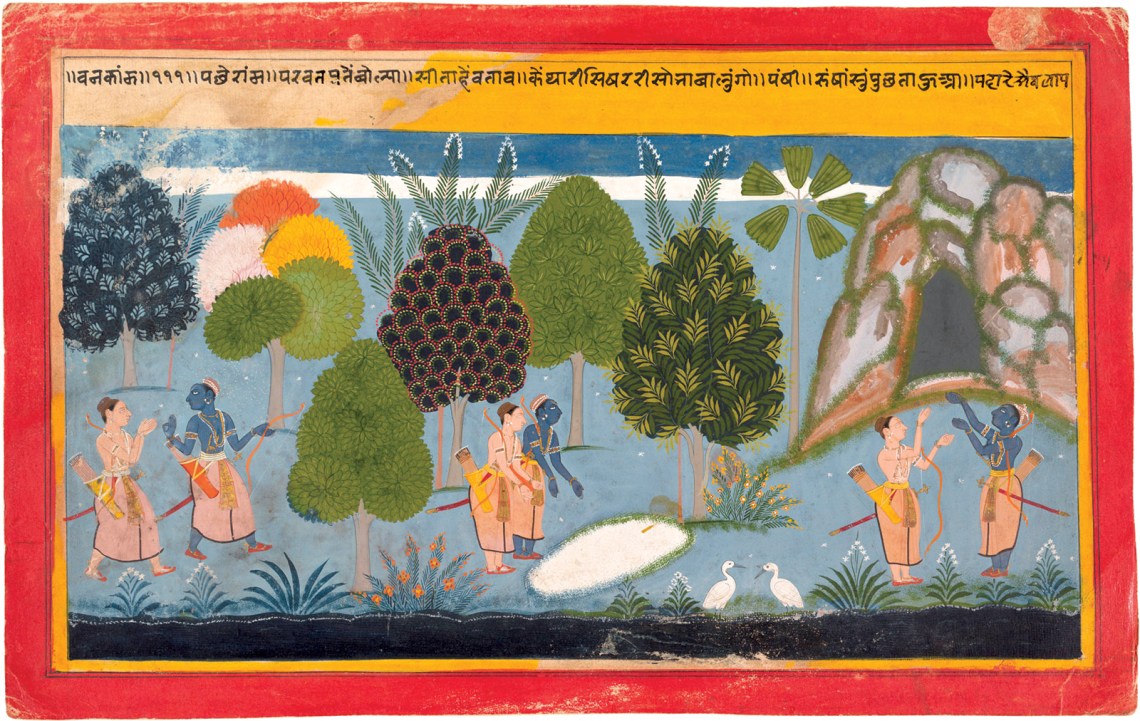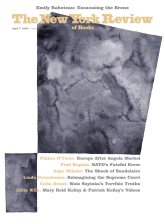In 2007 the Indian government planned to dig a deepwater channel through the thirty-mile stretch of sea that separates the southern tip of the country from Sri Lanka, which is too shallow for cargo ships to navigate, forcing them to go around the island. The shipping channel would have reduced the journey by some 250 miles and saved a great deal of time, fuel, and money.
But a group of hard-line Hindu activists protested that the digging would disturb a shelf of shells and shoals, once visible but now submerged, which they believed to be the remains of an ancient causeway or bridge. According to the great poem called the Ramayana, a prince named Rama, an incarnation of the god Vishnu, was exiled to the forest through the machinations of the mother of one of his three half-brothers. There, the demon Ravana carried Rama’s wife, Sita, off to his island kingdom of Lanka. A simian army built a bridge between the mainland and Lanka so that Rama could cross the channel. With the help of another brother, Lakshmana, and a magical monkey named Hanuman, Rama killed Ravana and rescued Sita.
After widespread, disruptive demonstrations by Hindu groups on September 12, 2007, the government abandoned the channel project. To this day, the shipping lanes continue to wind all the way around Sri Lanka.
No one was harmed in the channel protest, but that was not the case in the notorious storming and illegal demolition of the Babri Masjid (the sixteenth-century mosque of Emperor Babur) on December 6, 1992, in the city of Ayodhya, in northern India. The Ramayana says that Rama was born in Ayodhya, and many devout Hindus believe the Babri Masjid once was the site of a Hindu temple. More than two thousand people, mostly Muslims, were killed in the riots that followed the demolition of the mosque and in related riots elsewhere in India. In the summer of 2021 Prime Minister Narendra Modi ritually laid an eighty-eight-pound silver brick for the construction of a Rama temple on the site of the devastated Babri Masjid.
Such is the power of the Ramayana, a story whose many retellings constitute an entire literature. The oldest surviving version is a 25,000-verse Sanskrit poem that the poet Valmiki composed in India sometime in the first millennium BCE. No one in India ever hears the Ramayana for the first time, as the poet and scholar A.K. Ramanujan remarked. If they don’t know Valmiki’s Ramayana, they may know one of the numerous other retellings and translations in Sanskrit or in other Indian languages, such as Tulsidas’s popular sixteenth-century Early Hindi Ramcharitmanas or Kampan’s beautiful twelfth-century Tamil poem.
-
*
See, for example, Aeschylus, Agamemnon, 416–424; Herodotus, History, 2.112–120; and Plato, Republic, book 9, 586C. I discuss “shadow Sitas and phantom Helens” in Splitting the Difference: Gender and Myth in Ancient Greece and India (University of Chicago Press, 1999). ↩






